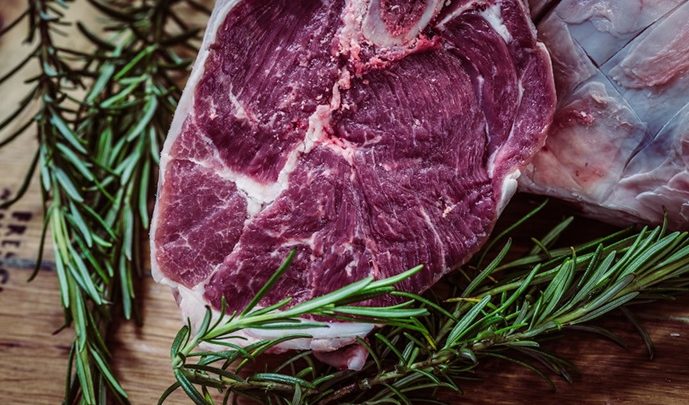The Essentials of Halal Meat Preparation

For many people around the globe, consuming halal meat is not merely a dietary choice but a fundamental aspect of religious observance and ethical lifestyle. Halal, which means “permissible” in Arabic, encompasses food that adheres to Islamic law, as defined in the Quran. Halal meat prep involves specific steps, from the welfare of the animals to the method of slaughter and, finally, to post-slaughter processing. Understanding these regulations and practices is crucial for Muslims and the food industry alike. Below, we delve into the intricacies of halal meat preparation and offer insights into ensuring compliance with these standards.
Understanding Halal Meat Standards and Certification
Halal meat standards stem from Islamic dietary laws outlining what Muslims can eat. They cover the animal’s type, how it’s raised, fed, and slaughtered. The animal must be healthy and alive at slaughter, which involves a swift, humane cut to the throat while invoking Allah’s name. This reflects intentionality and reverence for life.
Certification by an authoritative body helps consumers trust that the meat they purchase is authentically halal. Certification involves rigorous inspections and reviews of slaughterhouses and processing facilities to ensure they adhere to halal principles. Without such oversight, inconsistencies and breaches in halal practice could occur. This vigilance in certification helps maintain the integrity of halal meat products on a global scale.
The variability of halal standards across different countries and organisations can lead to confusion among consumers. Although efforts are being made to establish universal halal standards, individual certification bodies often have criteria based on their interpretations of Islamic law. This underscores the need for consumers to be well-informed about the specifics of the certifications used on the products they buy.
In the realm of certification, manufacturers and processors are also required to maintain transparency and uphold the trust placed in them by halal consumers. The halal certification mark on packaging is a significant trust signal that consumers rely on, making it imperative that certifying bodies and meat producers maintain rigorous standards of compliance.
The Importance of Animal Welfare in Halal Meat Production
Animal welfare is an intrinsic part of halal meat production, and Islamic law emphasises the compassionate treatment of animals. This starts with the living conditions, which must allow the animals to roam freely and be fed a natural diet without any animal by-products or harmful additives. The humane treatment of animals is not only a religious requirement but also aligns with broader ethical considerations concerning animal husbandry.
Despite these stringent requirements, challenges arise in monitoring and consistently implementing these welfare standards. Different interpretations of religious texts can lead to varying practices, pointing to the need for ongoing education and training for workers in the halal meat industry. Only through this continuous effort can the ethical treatment of animals in halal meat production be guaranteed.
Increasing consumer awareness about animal welfare has further driven demand for improved conditions in halal meat production. Many Muslims actively seek out halal meat not just for religious compliance but for the ethical implications that a truly halal certification carries with regard to animal welfare.
Regulatory bodies and certification agencies help uphold welfare standards through inspections, guidance, and enforcement. Their role holds halal meat producers accountable and promotes transparency in the supply chain. As consumer expectations grow, collaboration among religious authorities, animal welfare experts, and industry stakeholders is key to preserving the spiritual and ethical integrity of halal meat production.
Halal Slaughter Techniques: Ensuring a Humane Process
During the slaughter, the name of Allah is recited to bless the meat and as an act of gratitude. This practice reinforces the notion that the animal’s life has been taken for sustenance with divine permission, enshrining an ethic of gratitude in the process. Additionally, the person performing the slaughter is expected to approach the task with mindfulness and compassion.
However, the discussion of slaughter techniques often leads to debates around modernisation and adherence to tradition. Questions about the use of pre-slaughter stunning, for instance, are at the forefront of discourse within the halal meat community. It is in these discussions that the sacred, ethical, and practical aspects of halal slaughter converge and are re-examined in light of contemporary values and technologies.
Lastly, these discussions show how religious practice evolves in a modern world shaped by technology and ethics. As communities balance faith and science, like humane slaughter methods, efforts continue to keep halal standards spiritually meaningful and socially responsible.
Altogether, the preparation of halal meat reflects a deep integration of spiritual, ethical, and practical values, emphasising humane treatment, intentionality, and adherence to religious principles. Maintaining trust in halal certification and practices requires transparency, consistent oversight, and continued dialogue between tradition and modern food production standards.


